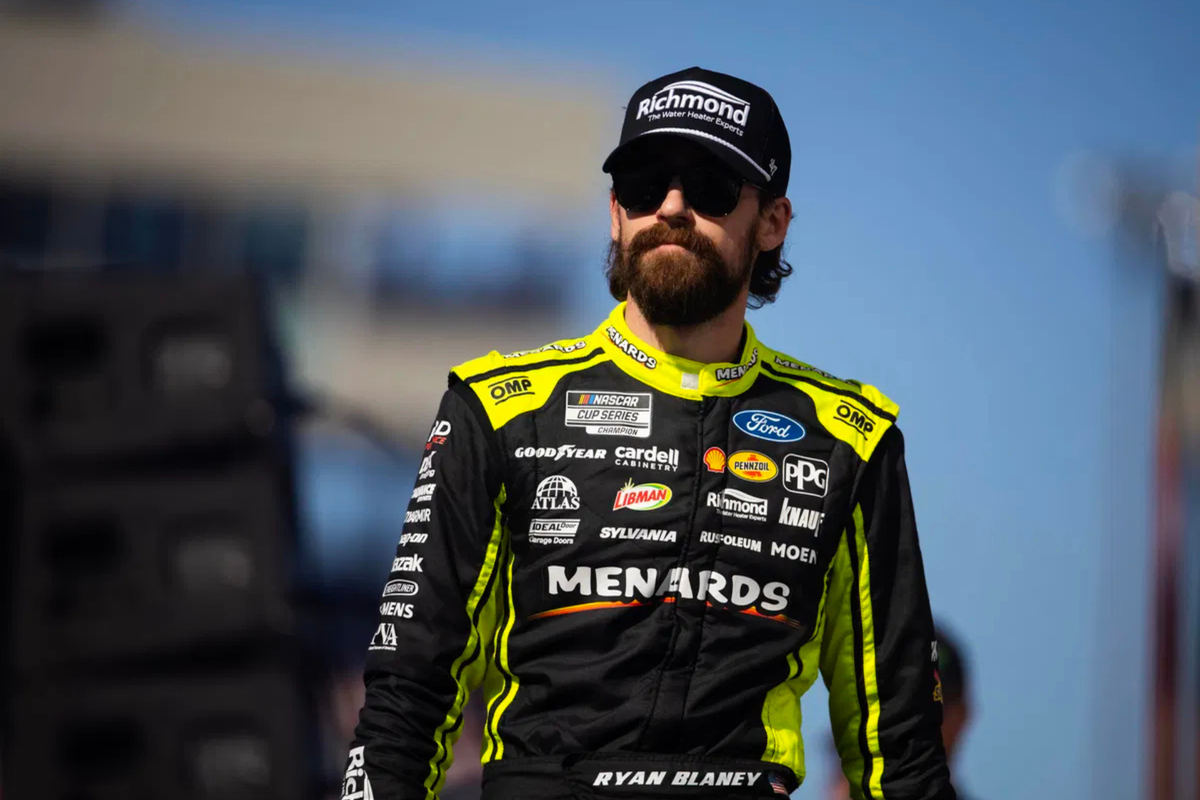
Imago
Ryan Blaney

Imago
Ryan Blaney
Ryan Blaney, along with playoff bubble contenders Alex Bowman and Tyler Reddick, arrived at Daytona with strategy in mind. The track, known for its spectacle and unpredictability, lived up to its reputation as stormy weather forced a last-minute shakeup. With qualifying canceled due to lightning, NASCAR’s metric system reshuffled the grid. And that’s how Blaney landed on pole, ready to lead the Cup Series to green under the lights.
Watch What’s Trending Now!
When qualifying for the NASCAR Cup Series Coke Zero Sugar 400 at Daytona International Speedway was halted on Friday, August 22, 2025, NASCAR resorted to its standard performance metric to set the grid, placing drivers like Tyler Reddick deeper in the field, with more work to do in a race already defined by survival.
ADVERTISEMENT
Under nature’s dome of lightning, No.12’s strategy in the spotlight
During his media availability, Ryan Blaney noted Daytona’s handling challenges create more passing opportunities late in the race, especially in the outside lane. “I’d say this place is easier to go forward [late] at than Talladega, because handling tends to be a little bit worse here, so you have cars that have to lift and bail out a bit more, and it lets you make runs in that outside lane,” Blaney said.
Four components are used to compute the average used by NASCAR’s standard metric: 25% of the driver’s previous race finishing position; 25% of the owner’s previous race final finishing position; 35% of the owner’s current points position; and 15% of the quickest lap times from the previous race.
By that metric, Ryan Blaney emerged on pole, leading the field in his No. 12 Team Penske Ford. Alex Bowman, amid a tight playoff battle, lines up beside him on the front row. Kyle Larson, Joey Logano, and Austin Cindric complete the top five.
ADVERTISEMENT
“It’s nice that we have the track position to start, but the key now is how do you keep it for the second and third stages and set yourself up well for after the pit stops? That’s what we’re all asking ourselves these days,” the No.12 Penske driver said.
Blaney’s Daytona history adds context: he’s seeking his second victory at the superspeedway, his first came in the summer of 2021, though his recent attempts have been marred by crashes in three of the last four Daytona races.
ADVERTISEMENT
“I personally wish that it wasn’t this way [with the fuel saving], but that’s what this style of racing is now, and the competition knows that just as well as we do. What is nice is having that number-one pit stall going into Saturday night, and hopefully we can keep control of the race after the start,” Ryan Blaney added.
With handling “a bit worse” than usual and concerns about fuel mileage creeping into conversations, teams are recalibrating their approach not just to track positioning but to how they can retain it beyond stage breaks and pit sequences. The focus isn’t simply on starting up front; it’s on crafting the endurance to stay there across multiple stages, with fuel saving emerging as a critical variable in strategy and execution.
Though teams are adapting to this style, some drivers, including Blaney, have expressed a preference for a purer race, one shaped more by speed and less by conservation. Yet, fuel considerations are now part of the calculus at superspeedways, subtly reshaping racecraft and strategy.
ADVERTISEMENT
Ryan Blaney’s front-row start offers a distinct tactical edge, but whether that translates into control across the first, second, and third stages remains to be seen. Teams must navigate not only the usual aerodynamic drafting and pit timing, but also the evolving landscape where fuel efficiency and consistency are as pivotal as outright speed.
Top Stories
‘RIP’: NASCAR World Crumbles in Tears as 39-YO Former JR Motorsports Driver Passes Away
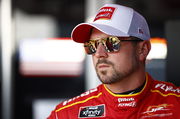
France Family’s ‘Financial Deception’ Spilled Out in the Open as RTA Memo Exposes the ‘49%’ Lie
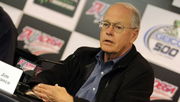
55-YO NASCAR Driver’s Untimely Death Shatters Racing Community
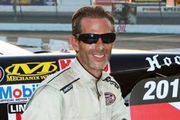
NASCAR President Kicks Up ‘SRX’ Firestorm With Courtroom Claim Fans Refuse to Accept
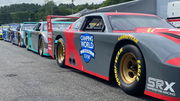
Dale Earnhardt & Tony Stewart Dethroned as SVG Shatters NASCAR Benchmark to Stand Alone in History
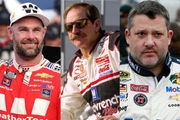
Bowman’s position marks a push to victory at Daytona. Will he capitalize?
Alex Bowman enters Saturday night’s Coke Zero Sugar 400 at Daytona International Speedway with more than just a front-row start on his mind. With qualifying canceled due to lightning on Friday, the grid was set by NASCAR’s performance metric system, placing Bowman alongside Ryan Blaney on the front row.
ADVERTISEMENT
“A good pit stall selection is good. Speedway racing has become significantly more difficult to pass at, I feel. So starting up front is definitely a good thing. I think that with the points deal for the 45 (Reddick), we need to focus on stage points. Stage 1 will determine how we race Stage 2, and kind of go from there,” Alex Bowman said.
That prime position carries added weight as Bowman balances two objectives: fighting for stage points in a tight battle with Tyler Reddick for playoff seeding, and keeping himself in contention for a win at one of the sport’s most volatile tracks.
Bowman’s Hendrick Motorsports No. 48 team has been locked in a season-long points duel with Reddick’s No. 45, and Daytona presents the final opportunity to close that gap before the postseason begins. Stage points, awarded at the end of the race’s first and second segments, could provide a critical edge.
ADVERTISEMENT
But maximizing them requires committing to the front of the pack early, a risky strategy given the fuel demands and unpredictability of superspeedway racing. “I need to do all we can to catch and beat the 45 on points. It’s a really tall order, but it is doable. If it doesn’t look like we’re going to do that, then I’m going to switch to just track position at the end and go try to win the race. We’re going to do everything we can to win the race regardless, but if we’ve got to burn some fuel to try to win stages, I think we’re definitely looking at points, too,” Bowman highlighted the perk of a top starting position.
The alternative playing strictly for track position in the closing laps remains just as viable. Daytona has long been a race where survival, timing, and drafting partners determine the outcome in the final miles. Bowman has acknowledged the fine line between chasing stage points and preserving his car for the finish, knowing both approaches come with trade-offs.
Regardless of how the race unfolds, Bowman views his front-row starting spot as a major asset. Track position has grown increasingly important in the current superspeedway package, where passing deeper in the field has become more difficult. For a driver juggling playoff math and the ever-present goal of victory, that advantage could prove decisive as the lights go green on NASCAR’s regular-season finale.
ADVERTISEMENT
ADVERTISEMENT
ADVERTISEMENT
ADVERTISEMENT

